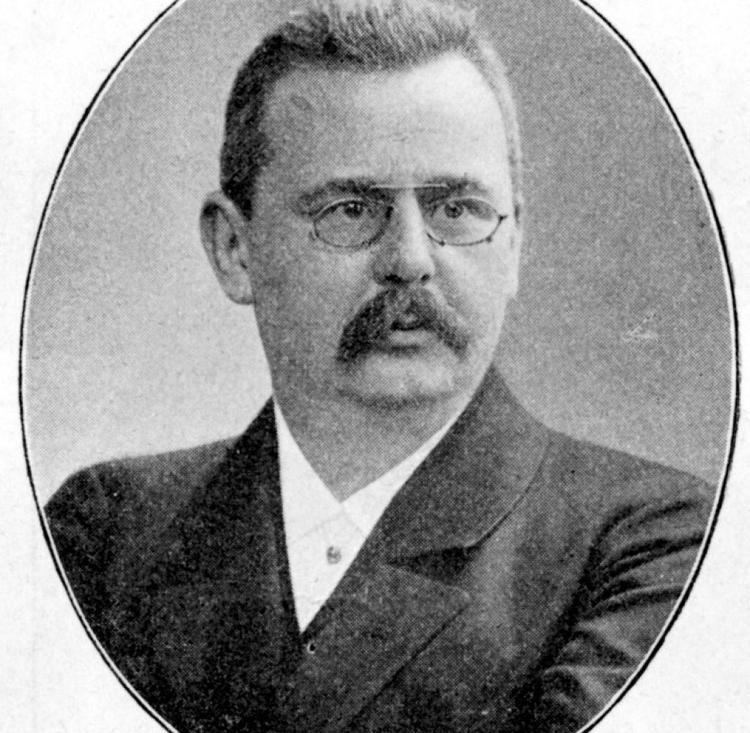Nationality German Parents Louis Gurlitt Role Architect | Name Cornelius Gurlitt Children Hildebrand Gurlitt | |
 | ||
Resting place Johannisfriedhof, Dresden51°2′11.92″N 13°48′47.84″E / 51.0366444°N 13.8132889°E / 51.0366444; 13.8132889 Occupation Art historian and architect Employer Technische Universitat Dresden Spouse(s) Marie Gerlach (1888–1938) Died March 25, 1938, Dresden, Germany Grandparents Johann August Wilhelm Gurlitt Books Albumleaves for the Young - O, School of Velocity for Beginner, 8 Melodious Pieces - O, Gurlitt A First Book, The First Steps of the Youn | ||
What will happen if cornelius gurlitt dies
Cornelius Gustav Gurlitt (1 January 1850 – 25 March 1938) was a German architect and art historian.
Contents

Life
Gurlitt was born in Nischwitz in Thallwitz, Saxony, the son of the landscape painter Louis Gurlitt and nephew of his namesake, the composer Cornelius Gurlitt. He left the gymnasium of Gotha before graduation and became a carpenter's apprentice. After studying in Stuttgart and Vienna he worked as an architect, then obtained a position at the Arts and Crafts Museum in Dresden.
He married Marie Gerlach in 1888. They had three children, the musicologist Wilibald Gurlitt, expressionist painter Cornelia Gurlitt (1890-1919) and the art dealer and historian Hildebrand Gurlitt.
Gurlitt died in Dresden in 1938 and is buried in the Johannisfriedhof.
Career
While an assistant at the Arts and Crafts Museum in Dresden, Gurlitt wrote a pioneering work on baroque art. This led to a doctorate and a professorship at the Technische Universität Dresden, where he worked until his emeritat in 1920.
He was co-founder and president of the Bund Deutscher Architekten ("Association of German Architects") and principal of the Technische Universität Dresden, where he was also professor of art history and the history of construction.
He is regarded as the founder of art historical research into the Baroque, and thus as the founder of the conservation of historical monuments in Saxony. He often worked as a consultant with the architects Schilling & Graebner. From 1894 he continued the Saxon inventory work of the art historian Franz Richard Steche.
Works
Gurlitt wrote 97 books and more than 400 scholarly articles, not only on architecture and art, but also on political problems. Some of his works are:
